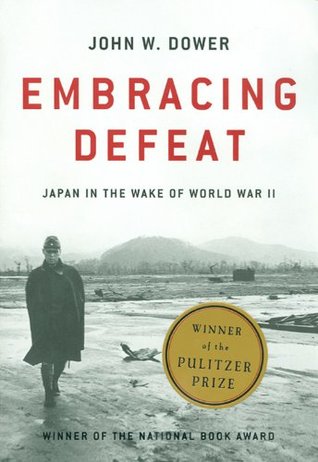and so the “Shōwa” era, which began with Hirohito’s ascension to the throne in 1926, carried on unbroken, a calendrical declaration of fundamental continuity with the past.2 The Shōwa era lasted until 1989, when the former “manifest deity” of the prewar ideologues finally passed away at the age of eighty-nine. In the Japanese manner of recording time, the emperor died in the sixty-fourth year of Shōwa, the period of occupation (“Shōwa 20” to “Shōwa 27”) but a momentary interlude in his reign.
Welcome back. Just a moment while we sign you in to your Goodreads account.


